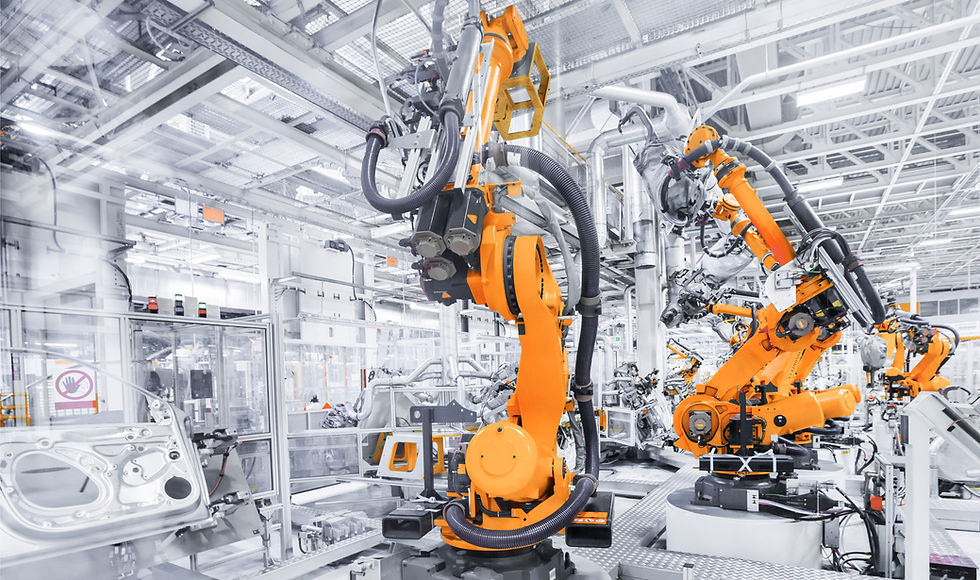What Are Kitchen Cabinet Businesses Really Worth in Multiples.
- Richard Matthews
- May 13
- 2 min read

Thinking of buying or selling a kitchen cabinet business? One of the first things you’ll want to know is: what’s it worth? More specifically — what kind of EBITDA multiple do these businesses usually sell for?
We’ll keep this grounded in real Australian market conditions, not wishful thinking.
Most Deals Sit Between 2x and 3x — That’s the Reality
For the average kitchen cabinetmaker in Australia, especially those under $2M in revenue, 2.0x to 3.0x EBITDA is the common multiple range. Not the high-flying 4x–6x you’ll sometimes see touted online.
In fact, 2x is often the norm, especially for smaller operators. Why? Because:
Entry barriers are low — a skilled tradesperson can lease a shed, buy a CNC and start quoting jobs.
There’s heavy competition, with many micro-firms chasing local residential or builder work.
Project pipelines are short-term, not contracted.
Working capital is often tied up in stock, WIP and debtors.
The result? Buyers take a cautious view. Hope is not a strategy.
3x to 3.5x Requires More
To push above the average, a business needs scale and structure:
$2.5M in revenue
5+ FTE, including production and admin support
The owner is not on the tools
Evidence of repeat builder relationships or secured commercial fitouts
Systems in place (e.g. quoting, workflow, CRM, CAD integration)
Even then, you’re not guaranteed 4x — just a better shot at 3–3.5x if the business is profitable, documented, and transferable.
4x and Up? Unicorn Territory.
Multiples above 4x EBITDA are rare and require a strategic or synergistic buyer who sees your business as more than a standalone asset. To get that kind of premium, your business needs:
Strong management team (you could step away tomorrow),
Brand or market leadership,
Recurring or contracted revenue (not just pipeline),
Scalable operations that integrate well with a buyer’s existing platform.
This is the top 1% of deals. If you’re here, you’re likely on the radar already.
Asset-Backed Floors: When EBITDA Doesn’t Cut It
Many cabinetmakers own significant plant and equipment — CNCs, edge banders, panel saws, spray booths. If EBITDA is thin, the business may be priced closer to tangible asset value plus modest goodwill. This especially applies when:
Net profit is <$200k,
Owner is essential to quoting or client relationships,
Wages are underpaid or informal.
In these cases, the value floor is set by plant & stock, not profit.
Key Multiples Summary
Business Type Typical Multiple Notes
Small operator, <$1.5M revenue 2.0x EBITDA Common, fair-market outcome
Mid-size, 5–10 staff, $2M+ revenue 2.5x–3.0x EBITDA Transferable, growing, owner off tools
Highly systemised, low reliance 3.0x–3.5x EBITDA Rare, but achievable with structure
Strategic interest, premium brand 4.0x+ EBITDA Outlier, often a strategic acquisition
Asset-heavy, low profit Asset + goodwill Value often driven by machines & WIP
Final Word: It’s a Good Sector, But Buyers Are Disciplined
The cabinetmaking industry offers good cash flow and trade skill defensibility — but it’s not SaaS. Multiples reflect that.
2x is not a failure — it’s the market. If you want more, the business has to be built to sell: people, process, and profit. And if you're a buyer? Expect to make your money on execution, not just the purchase.




Comments